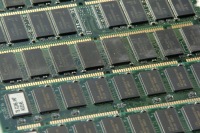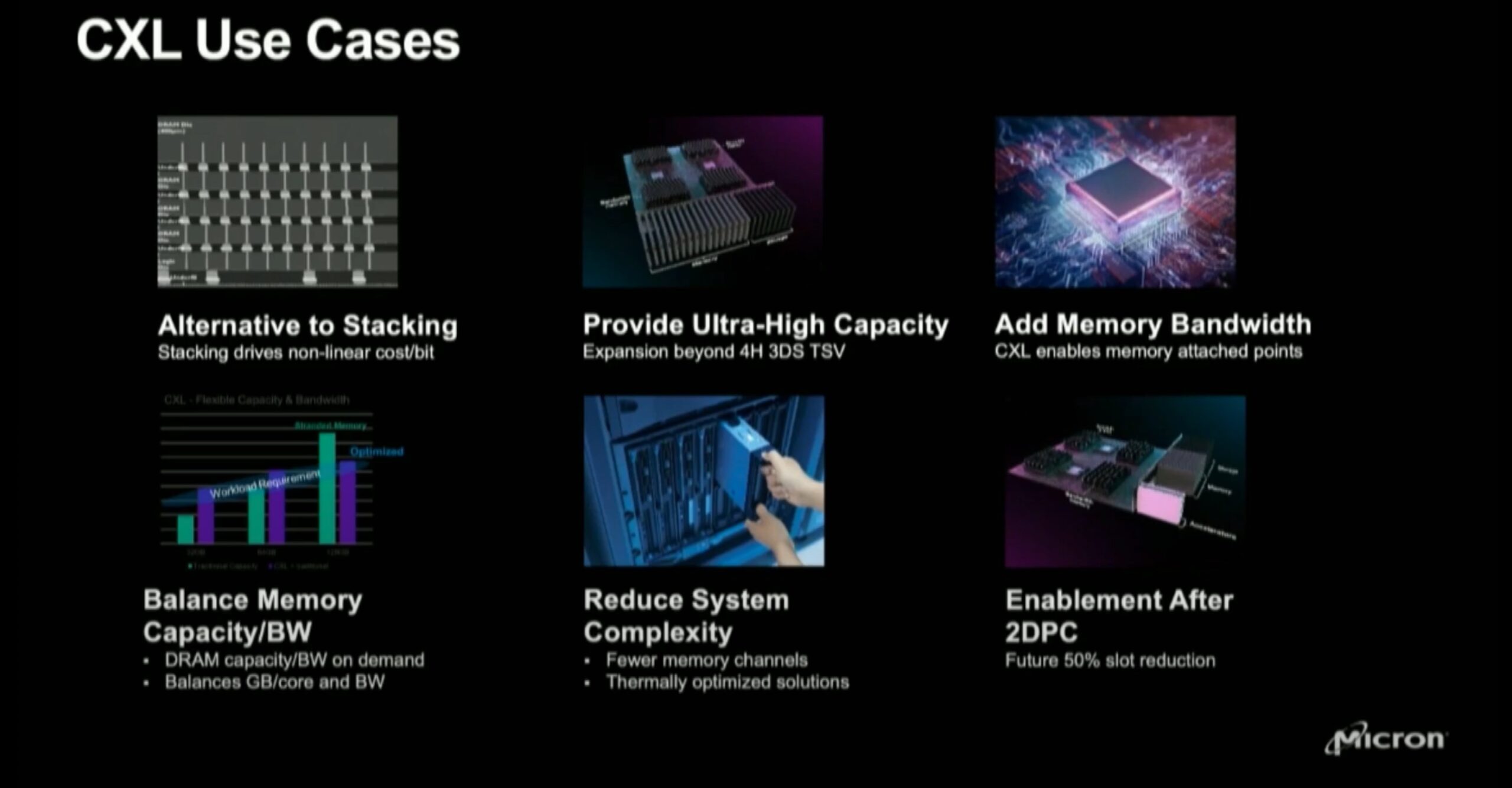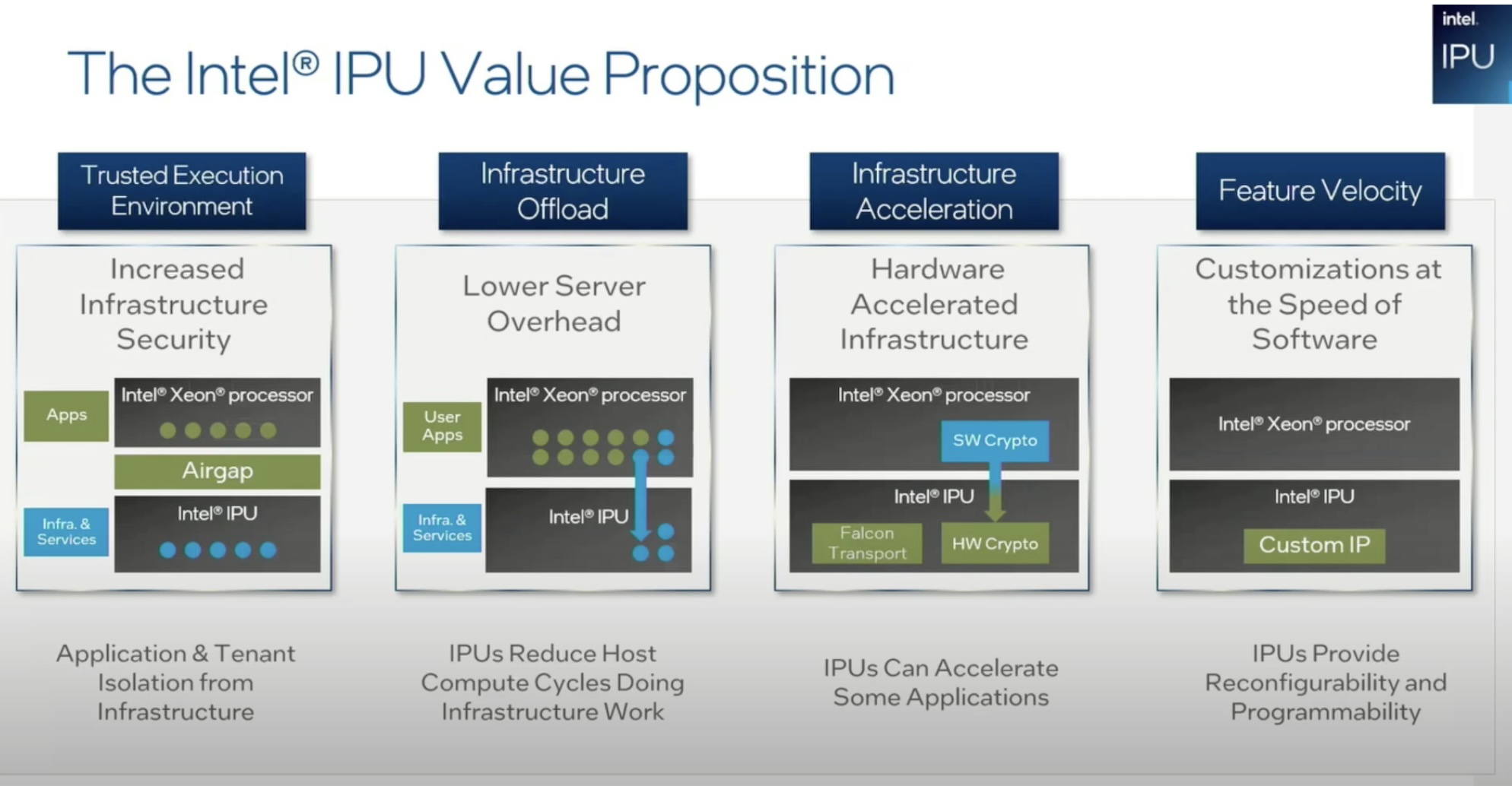There is one thing that keeps coming up lately in our office. We install a lot of systems virtually, and have over 8000 virtual servers installed.
 Now, as anyone who has installed SAP will probably tell you, our software can do a lot of things, but one of the things it swallows up is RAM. We seem to be doing a bit better on the central instance side, but moved a lot of the “RAM hunger” elsewhere. This is especially true for our new CRM 7.0 which will show you that your application server will need a lot more of it, when compared to older versions.
Now, as anyone who has installed SAP will probably tell you, our software can do a lot of things, but one of the things it swallows up is RAM. We seem to be doing a bit better on the central instance side, but moved a lot of the “RAM hunger” elsewhere. This is especially true for our new CRM 7.0 which will show you that your application server will need a lot more of it, when compared to older versions.
Now, since these kind of application servers are ideal candidates for virtual machines. With the new vSphere release you can actually give a VM up too 255 GB or RAM, and for larger CRM implementations you might actually consider this limit for your application servers. No problem at all, but you will face an entirely new problem that has been creeping up and has left most people unaware.
Since there’s no real name for it, I just call it the “RAM per CPU wall”, or perhaps even the “RAM per core wall”.
So, what about this wall?
Well, it used to be that computational power was quite expensive, and the same could be said about storage. Times have changed and right now we see that processing power is not that expensive anymore. We have seen a slow moving shift toward the x86 instruction set and it’s x64 extension. With the development of the multi-core processor we are seeing applications being optimized to run in parallel on the chipsets, and with solutions like vSphere we are using more and more of those features. Examples in vSphere would be “Hyperthreaded Core Sharing” or a setting like “cpuid.coresPerSocket”.
It’s great that we can tweak how how our VM platform and our VMs handle multiple cores, and I am certain that we will be seeing a lot more options in the future. Why I am so sure of that? Because we will be seeing the octo-core processors in the not too distant future (I’m betting somehwere around the end of Q2 2010). Just think about it, 8 cores on one CPU.
Now, combine that with an educated guess that we will be seeing 8 socket mainboards and servers, and we are talking about something like the HP DL780 or DL785 with a total of 64 cores. Quite the number right? Now just imagine the amount of RAM you can put in such a server.
Right?
The current HP DL785 G5 has a total of 32 cores and a limit of 512 GB, assuming you are willing to pay for the exuberant memory price tag for such a configuration. I’m assuming support for 128 GB RAM modules will take a bit longer, so just assuming 64 cores and 512 GB of RAM will give you 8GB of RAM per CPU core.
It might just be my point of view, but that’s not that much per core.
Now I can hear you saying that for smaller systems 8 GB of ram per core is just fine, and I hear you very good. But that’s not the typical configuration used in larger environments. If you take the CRM example I gave before, you can load up a bunch of smaller application servers and set your hopes on overcommitting, but that will only get you so far.
And the trend is not changing anytime soon. We will be seeing more cores per cpu coming, and the prices and limits of large amounts of RAM are not keeping up, and I doubt they will do so in the future.
So, will we continue to see larger systems being set-up on physical hardware? Actually, I honestly think so. For service providers and large environments things need to change if they want to get a big benefit out of the provisioning of larger machines. If things don’t change, they are facing the “RAM per CPU wall” and will be stuck provisioning smaller instances.
All in all I can only recommend digging down and asking your customers for their requirements. Check the sizing recommendations and try to get some hands on information or talk to people who have implemented said solutions to see how the application handles memory. Make a decision on a per-use case for larger environments. Virtualization is great, but make sure that the recommendation and implementation suits the needs that your customer has, even if that means installing on a physical platform.





